Most of us have stretched a task to make it look like we're busy—but new data shows the issue runs deeper. According to a new Ghostworking Report from Resume Now, more than half of employees (58%) admit they regularly pretend to be working, while another 34% do it occasionally. From fake meetings to typing nonsense, employees are getting creative to maintain the illusion of productivity.
The problem? It's not always about laziness. Workers are often faking focus due to pressure, lack of meaningful tasks, or unclear expectations. And while some distractions are unavoidable, many are built into the modern workday—whether you're at the office or working remotely.
In this post, we'll dive into the top ghostworking strategies, how job hunting on the clock has become the norm, and why employers may want to rethink how they define and measure productivity.
Key Findings
- 58% of employees admit to regularly pretending to work, while 34% do so occasionally.
- 23% of employees have walked around the office with a notebook to appear busy, and 22% have typed randomly to seem engaged.
- Workers are slightly more prone to wasting time when they work from home (43%), compared to the office (37%).
- A whopping 92% of workers have job-searched during work hours.
- Workers admit they edit their resumes (24%) on the clock and 23% have even applied for jobs using work computers (23%).
Ghostworking: The Strategies Behind It
Appearing busy has become its own kind of work. The Resume Now survey uncovered a range of strategies employees use to look productive—even when they're not getting much done.
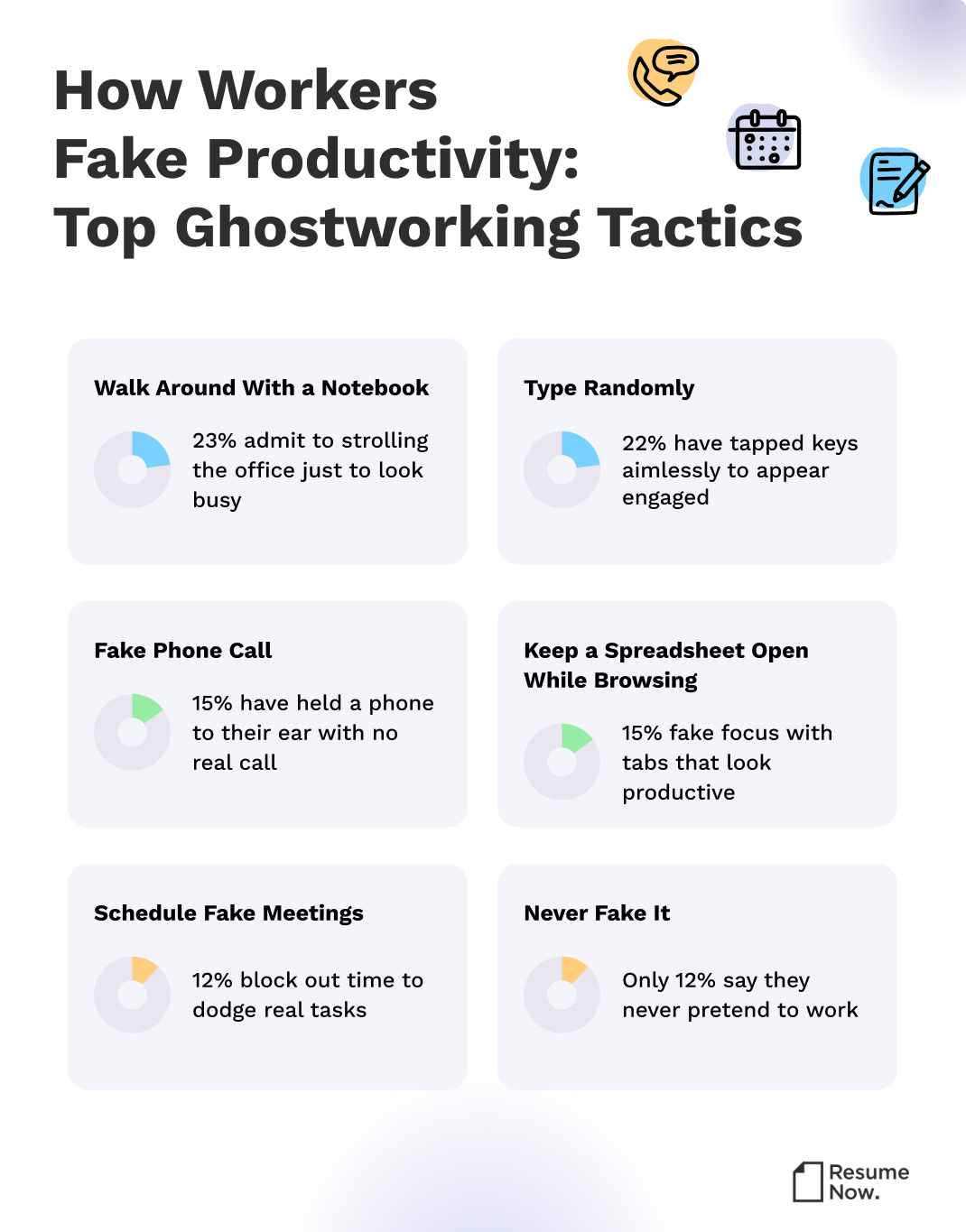
- 23% of employees admit to walking around the office with a notebook to look busy.
- 22% have typed randomly to appear engaged.
- 15% have held a phone to their ear with no real call, while another 15% have kept a spreadsheet open while browsing unrelated content.
- 12% have scheduled fake meetings to avoid real work.
- 12% of respondents said they never fake productivity.
What this means: In many workplaces, productivity theater is alive and well. Whether it's driven by micromanagement, unclear goals, or workplace culture, employees often feel more pressure to appear busy than to do meaningful work. For employers, understanding these behaviors can reveal where time and trust are being lost—and why creating a results-focused environment that rewards time management skills might be more effective than enforcing performative busyness.
Job Hunting on Company Time
Looking for a new job while still clocked in? You're not alone. The survey found that 92% of employees have job-searched during work hours, and many aren't just browsing.
- 55% of employees have regularly searched for a new job while on the clock.
- 37% have occasionally searched for a new job during work hours.
- The most common bold job-hunting move is using company time to edit resumes (24%).
- Applying for jobs using work computers (23%) and taking recruiter calls from the office (20%) are also significant actions.
- A smaller group (19%) has snuck out for an interview.
What this means: With burnout, career uncertainty, and remote work blurring boundaries, employees are increasingly exploring new opportunities during the workday. For companies, this signals a need to look inward—are people disengaged, underpaid, or feeling stuck? For workers, it's a sign to reflect on their long-term goals and find the right time and place to pursue their next step—without compromising professionalism.
Remote vs. Office Work: Where Are Employees Wasting More Time?
The shift to hybrid and remote work hasn't eliminated distractions—it's just changed where and how they show up. According to the survey, nearly half of employees say they waste more time at home than in the office.
- 47% of employees feel they waste more time when working from home.
- 37% say they waste more time in the office.
- 16% say they waste about the same amount of time in both settings.
What this means: Distractions aren't exclusive to one setting—they just take different forms. While remote workers may struggle with home-based interruptions, office workers deal with other distractions at work, like chatty coworkers and unnecessary meetings. Rather than mandating where people work, employers may benefit more from identifying why time is being lost—and focusing on outcomes over hours.
Biggest Distractions at Work
Distractions are part of every workday—but where you work determines what kind of interruptions you face. The survey asked employees to identify their top distractions in both office and remote settings.
Top office distractions:
- Technical issues (e.g., slow internet or software problems) – 16%
- Coffee/lunch breaks that run long – 15%
- Corporate socializing (office birthdays, team lunches) – 15%
- Chatty coworkers – 14%
- Random interruptions from managers – 14%
- Office noise – 11%
Top remote distractions:
- Background noise from housemates – 40%
- Internet or power outages – 35%
- Family members not respecting work hours – 35%
- Household emergencies – 33%
- Loud construction from neighbors – 32%
- Pets disrupting important calls – 32%
- Unexpected doorbell interruptions – 27%
What this means: No work setting is distraction-free—just distraction-specific. Office workers are interrupted by social interactions and tech hiccups, while remote workers face domestic chaos and connectivity issues. Employers looking to boost productivity should tailor support to each environment, whether that means investing in better equipment or setting clearer boundaries around meetings and communication.
Would Monitoring Improve Productivity?
The idea of monitoring employee activity—especially screen time—remains controversial. But interestingly, most workers believe it might actually help them stay on task.
- 69% of employees believe they would be more productive if their employer monitored their screen time.
- 19% say monitoring would not change their work habits.
- 10% say they would just find other ways to take breaks.
- 3% say it wouldn't matter because they already stay focused.
What this means: While monitoring can feel invasive, many workers admit it could help them stay accountable. Still, surveillance alone won't solve deeper issues like unclear goals, lack of motivation, or poor communication. The most effective solution? Balancing accountability with autonomy—and giving employees the tools and trust they need to actually be productive, not just look busy.
Looking for a change of scenery? Our AI Resume Builder can help you land a new role by creating or updating your resume to meet the standards of the competitive job market.
Methodology
The findings provided were gathered through a survey conducted with 1,127 American workers on February 25, 2025. Participants were asked about their time-wasting habits, workplace distractions, and the frequency of procrastination at work. Participants responded to various question types, including yes/no questions, open-ended questions, scale-based questions gauging agreement levels, and questions that permitted the selection of multiple options from a list of answers.
For press inquiries, contact Joseph Santaella at joseph@resume-now.com.
About Resume Now
Resume Now is a powerful resource dedicated to helping job-seekers achieve their potential. Resume-Now's AI resume builder is a cutting-edge tool that makes creating a resume fast, easy, and painless. Resume Now has been dedicated to serving job seekers since 2005. Alongside its powerful AI resume builder and stylish, ready-to-use templates, it also features free advice for job seekers at every career stage, guides for every step of the hiring process, and free resources for writing cover letters. Resume-Now is committed to supporting job seekers and workers alike and has conducted numerous surveys related to the experience, trends, and culture of the workplace. These surveys have been featured in Business Insider, CNBC, Fast Company, Yahoo!, Forbes, and more. Keep up with Resume-Now on LinkedIn, Facebook, X, and Pinterest.
Keith is a Certified Professional Resume Writer (CPRW) and trusted media source in the career industry with over a decade of experience helping job seekers stand out.
More resources
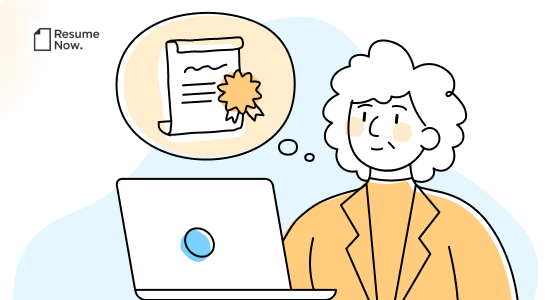
Still in the Game: 9 in 10 Older Workers Are Upskilling to Stay Competitive
The idea that older workers are resistant to change doesn t ho...
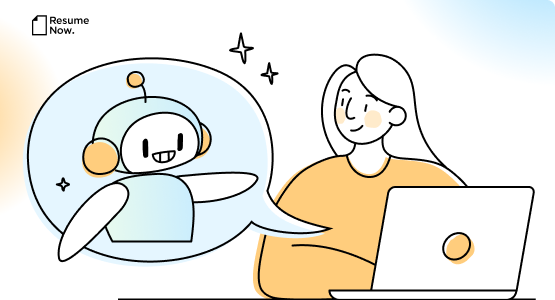
The AI Boss Effect: 97% of Workers Have Asked ChatGPT for Advice Instead of Their Manager
Resume Now s latest report explores how AI is replacing manage...

37 Unique Skills to Put on Your Resume
Trying to avoid the skills you see pop up on resumes repeatedl...
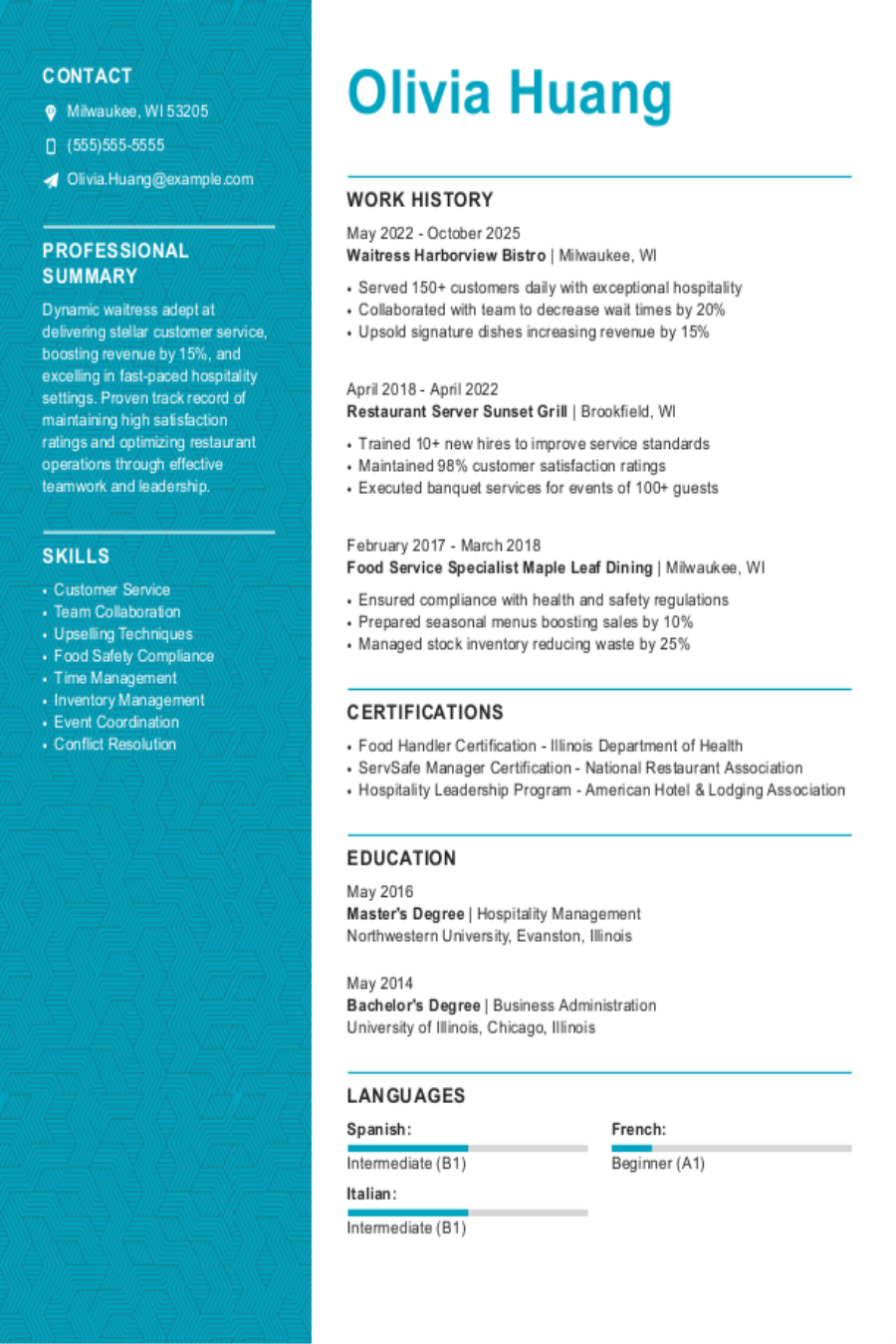
Waitress Resume: Examples, Templates and Tips
Keith Spencer CPRWCareer Expert Keith is a Certified Professi...

Virtual Assistant Resume: Examples, Templates and Tips
Keith Spencer CPRWCareer Expert Keith is a Certified Professi...
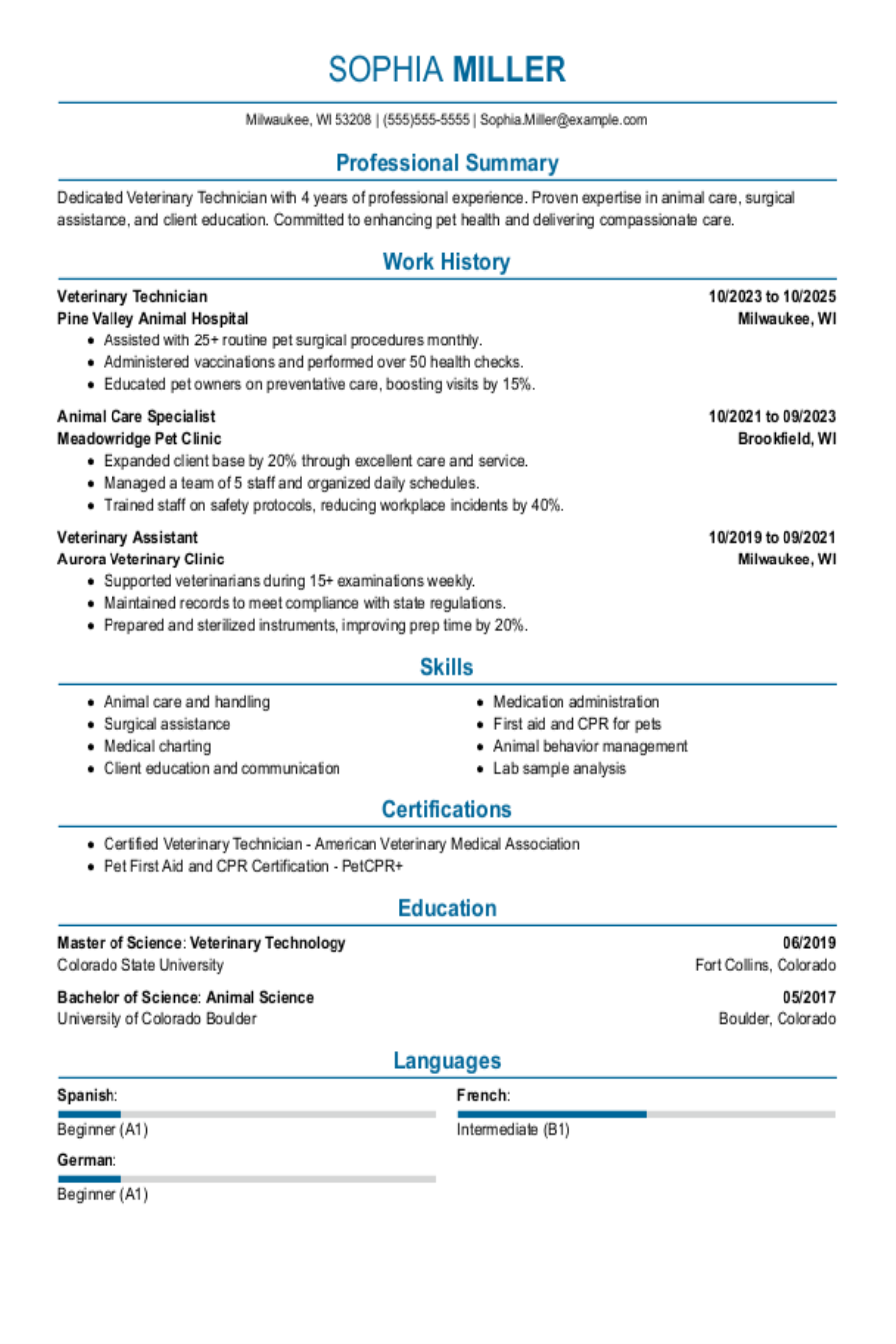
Vet Tech Resume: Examples, Templates & Tips
Get inspired with our vet tech professional resume examples as...
